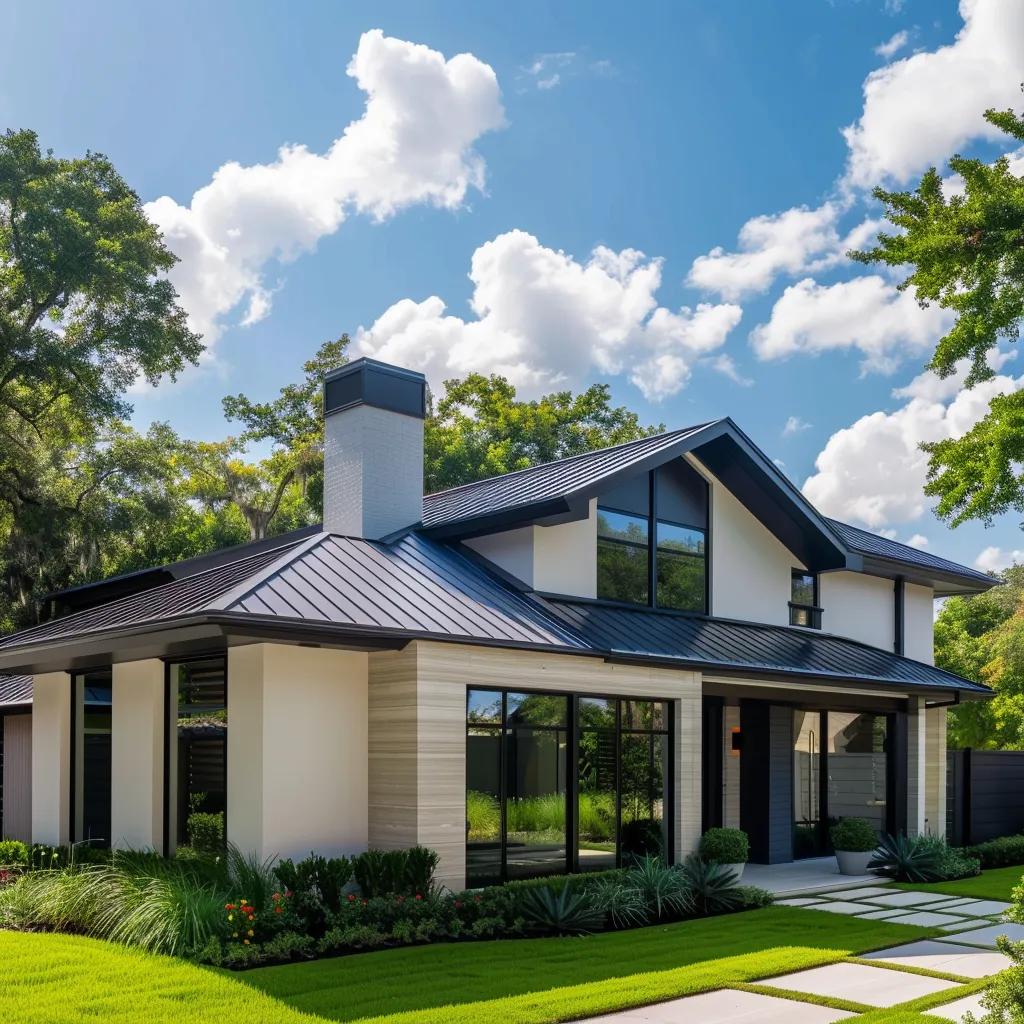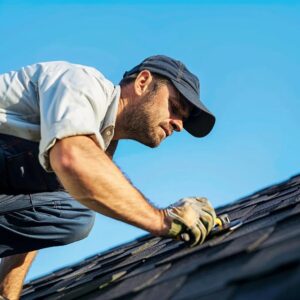Best Roofing Materials for Leaks: What Makes Roofing Materials Effective for Leak Prevention
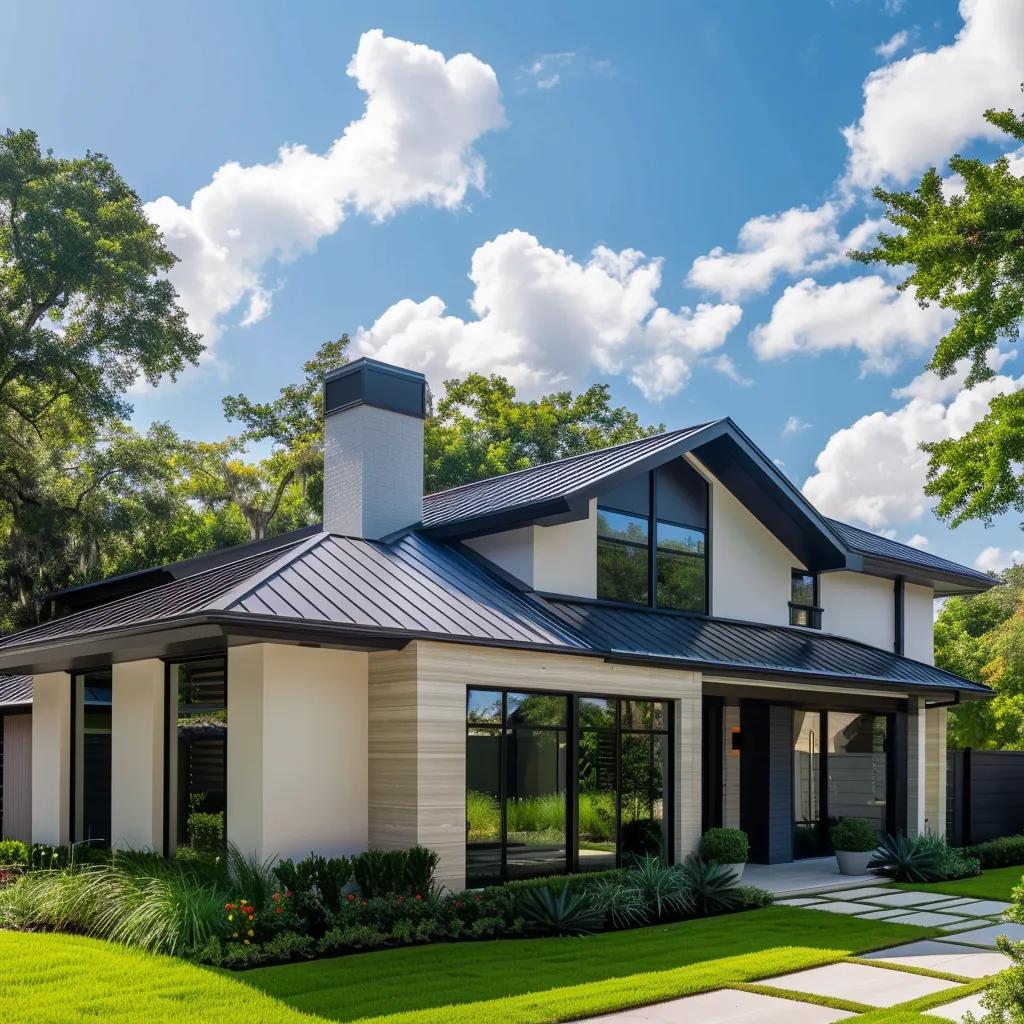
A waterproof roof is your first line of defense against costly water damage and structural decay. Homeowners and property managers need roofing materials that combine exceptional water resistance, durability, and ease of installation to stop leaks before they start. This guide explains the top leak-resistant options, installation and maintenance best practices, common leak causes and prevention, climate-based selection, and emerging solutions—all to help you choose a truly leak-proof roofing system.
What Are the Most Leak-Resistant Roofing Materials?
Leak-resistant roofing materials resist water penetration through intrinsic properties like interlocking panels, seamless membranes, dense composition, or fluid coatings. Their mechanisms range from overlapping shingle designs to monolithic membranes that shed or repel moisture. Understanding these core attributes helps you match material performance to your property’s protection needs.
Comparison of Leak-Resistant Roofing Materials
This table highlights key performance attributes across leak-resistant options and sets the stage for detailed material benefits.
Why Is Metal Roofing Highly Effective for Leak Prevention?
Metal roofing excels in water resistance by using interlocking panels and durable fasteners that form a continuous barrier. Its corrosion-resistant coatings and tight seams prevent water intrusion, while high wind and hail resistance reduce damage points. Next, we’ll explore how asphalt shingles achieve waterproofing.
Metal Roofing Durability
Metal roofing, known for its longevity, can last for over 50 years due to its resistance to corrosion and ability to withstand harsh weather conditions. The interlocking panel design and durable fasteners create a continuous barrier against water intrusion, making it a reliable choice for long-term protection.
This research supports the article’s claim about the extended lifespan and water resistance of metal roofing materials.
How Do Asphalt Shingles Provide Waterproofing Against Leaks?
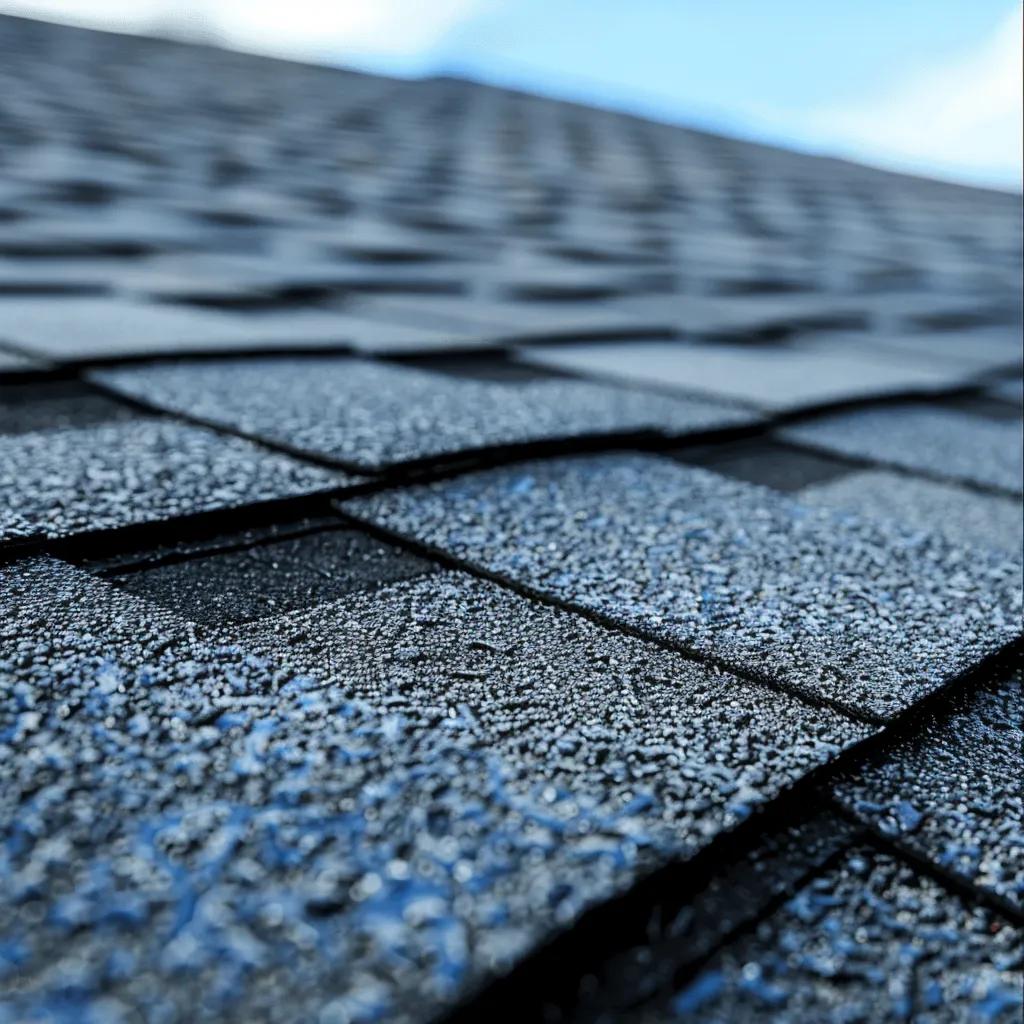
Asphalt shingles create a layered, overlapping system that sheds water quickly. A quality underlayment beneath the shingles acts as a secondary waterproof barrier, and ceramic granules protect against UV degradation. Proper flashing integration at roof edges completes the seal and prevents water from seeping in.
Asphalt Shingle Performance
Asphalt shingles, a popular roofing choice, offer effective waterproofing through a layered, overlapping system. The inclusion of a quality underlayment beneath the shingles provides an additional waterproof barrier, enhancing the overall protection against leaks and extending the roof’s lifespan.
This citation validates the article’s description of how asphalt shingles provide waterproofing and the importance of underlayment.
What Leak Solutions Do Rubber Roofing Membranes Offer?
EPDM and TPO membranes deliver seamless waterproofing for low-slope roofs. Installed as one continuous sheet, these rubber membranes resist ponding water and temperature fluctuations. Welded seams and UV-stable formulations further enhance long-term leak protection.
How Do Slate and Tile Roofs Naturally Resist Water Penetration?
Slate and clay/concrete tiles repel moisture with a dense, non-porous composition. Their overlapping design and heavy weight ensure that water runs off the roof surface rapidly. Fire resistance and minimal thermal expansion also help maintain watertight integrity over decades.
What Are the Benefits of Liquid Applied Coatings for Waterproofing?
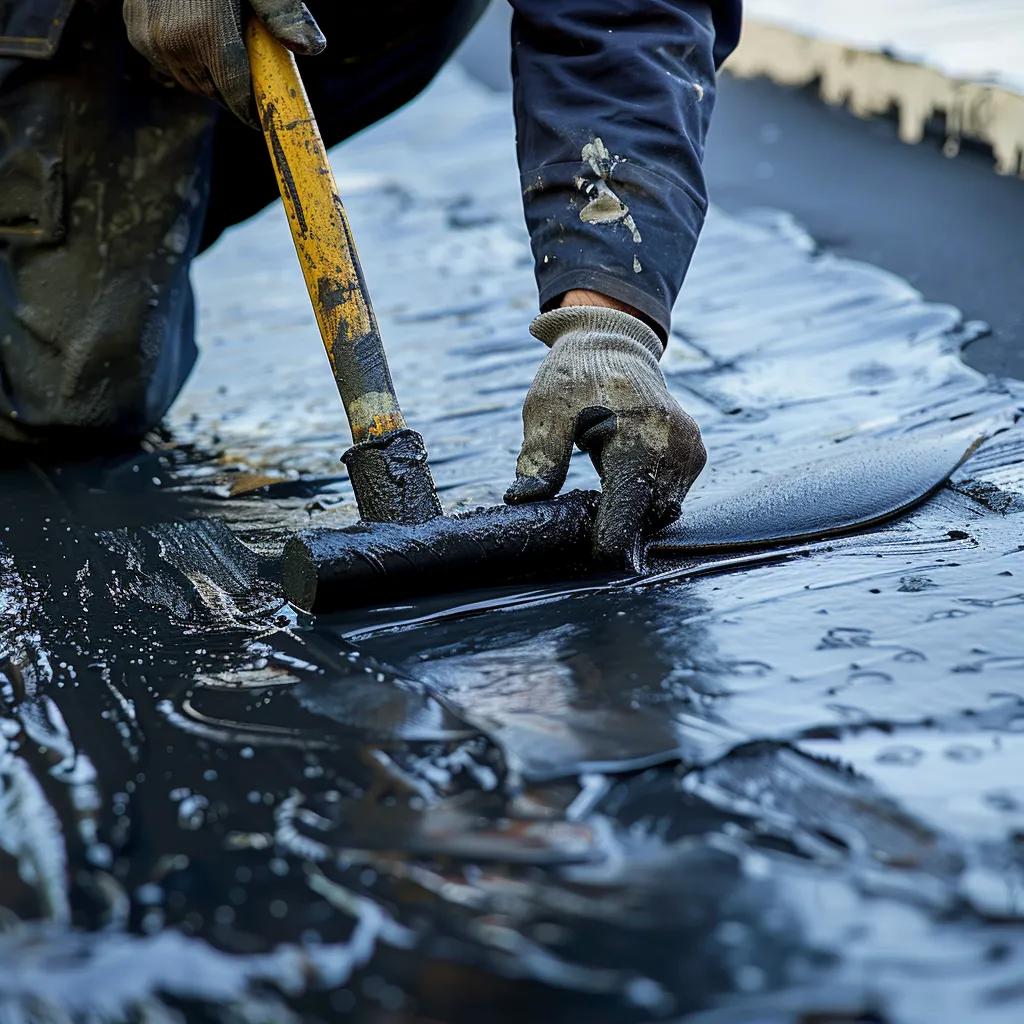
Liquid applied coatings—such as silicone, acrylic, and liquid rubber—form a monolithic membrane when cured. These coatings seal fasteners, fill microcracks, and bridge seams without joints. Their flexibility and adhesion create a fully bonded waterproof barrier.
How Do Installation and Maintenance Impact Leak Prevention?
Proper installation and ongoing care determine whether a roofing material performs as promised. From precise flashing placement to timely inspections, every step influences your roof’s leak resistance. Key focus areas include:
- Proper installation ensuring tight seams and correct flashing
- Underlayment selection adding a second waterproof layer
- Sealants and flashing protecting joints and penetrations
- Routine inspections catching issues before they cause leaks
Why Is Proper Roof Installation Critical for Leak Resistance?
Correct installation positions flashing, vents, and penetrations so that water flows around rather than into vulnerable joints. Professional installers follow manufacturer guidelines for fastener placement and panel alignment, eliminating common leak initiation points.
How Does Roof Underlayment Act as a Waterproof Barrier?
Underlayment provides a continuous secondary layer that redirects water away from the roof deck. Synthetic and felt underlayments offer different tear resistance and moisture-blocking properties, reinforcing shingle or panel systems beneath.
What Role Do Sealants and Flashing Play in Preventing Leaks?
Sealants fill gaps around roof penetrations, while flashing creates a metal barrier at edges, valleys, and chimneys. Together they form an impermeable joint protection system that stops water from entering at roof intersections.
How Does Regular Roof Maintenance Help Avoid Leaks?
Scheduled inspections identify loose shingles, damaged flashings, and clogged gutters before leaks develop. Cleaning debris, resealing joints, and replacing worn components extend the roof’s service life and preserve waterproof integrity.
What Are the Common Causes of Roof Leaks and How Can They Be Prevented?
Roof leaks typically arise from deteriorated materials, damaged flashings, or weather-related stress. Preventing these issues involves proactive care and smart material choices that mitigate known vulnerabilities.
What Are Typical Leak Causes Like Damaged Flashing and Aging Materials?
Aging underlayment, cracked shingles, and corroded flashing lose their ability to repel water. Flashing displaced by roof movement or improper sealing around roof vents creates direct pathways for moisture intrusion.
How Do Weather Conditions Affect Roof Leak Risks?
Heavy rain exploits any weak seam or gap, while high winds can lift shingles and break sealants. Hail impacts damage roofing surfaces, and UV radiation causes materials to become brittle, all increasing leak potential.
How Can Homeowners Detect Early Signs of Roof Leaks?
Water stains on ceilings, mold growth in attics, and missing or curled shingles signal underlying leaks. Promptly addressing these symptoms prevents more extensive water damage and structural deterioration.
What Are Cost-Effective Strategies to Prevent Roof Leaks?
Regular gutter cleaning, seasonal inspections, and targeted repairs of flashing or sealants offer budget-friendly leak prevention. Selecting durable materials like metal panels or seamless membranes reduces future repair expenses.
How to Choose the Right Leak-Resistant Roofing Material for Your Climate?
Climate influences how materials expand, contract, and resist moisture. Matching material properties to local weather patterns maximizes performance and longevity.
Which Roofing Materials Perform Best in Heavy Rain and Storms?
Metal roofing, EPDM/TPO membranes, and dense tile roofs excel in shedding rain and withstanding wind uplift. Their water-resistant surfaces and robust fastener systems hold up under repeated storm exposure.
How Does Climate Influence Material Durability and Waterproofing?
UV intensity accelerates material degradation, while freeze-thaw cycles can crack brittle surfaces. High-temperature areas demand heat-reflective coatings, and coastal zones benefit from corrosion-resistant metals.
What Factors Should Homeowners Consider When Selecting Roofing Materials?
Budget, roof pitch, property aesthetics, and local building codes all determine suitable options. Balancing upfront costs with expected lifespan and maintenance needs ensures optimal long-term value.
What Are Innovative and Cost-Effective Solutions for Leak Prevention?
Innovative Leak-Proofing Options
These innovative options deliver durable waterproofing with strong long-term returns, guiding optimal selection for any budget.
How Do Advanced Waterproof Membranes Improve Leak Resistance?
New-generation membranes incorporate reinforced scrims and UV-resistant topcoats that eliminate seam failures. Their flexible polymer formulations accommodate roof movement while maintaining an unbroken barrier.
What Are the Benefits of Self-Healing and Nanotechnology Coatings?
Self-healing coatings contain microcapsules that release sealant into cracks, automatically repairing damage. Nanotechnology sealants bond at the molecular level, creating exceptionally tight adhesion and preventing water ingress.
How Does Investing in Durable Materials Save Money Long-Term?
High-performance materials may cost more upfront but reduce the frequency of repairs and replacements. Over decades, lower maintenance and extended warranties deliver significant return on investment and protect property value.
Regular installation by certified professionals and proactive roof care ensure your chosen materials fulfill their leak-proof potential. For expert guidance on selecting and installing a truly leak-resistant roofing system, contact Rooftitan.com today for a free consultation.
